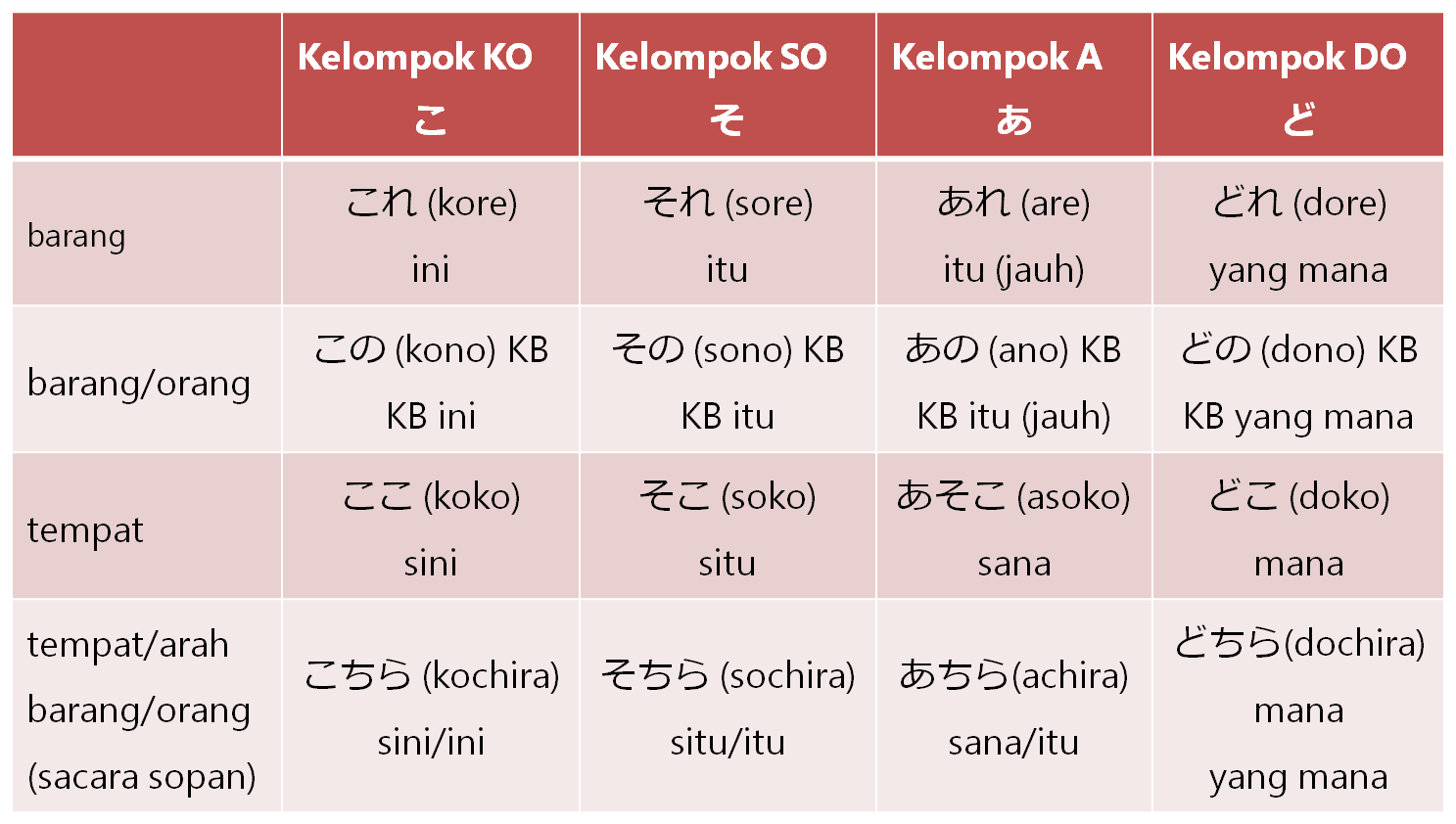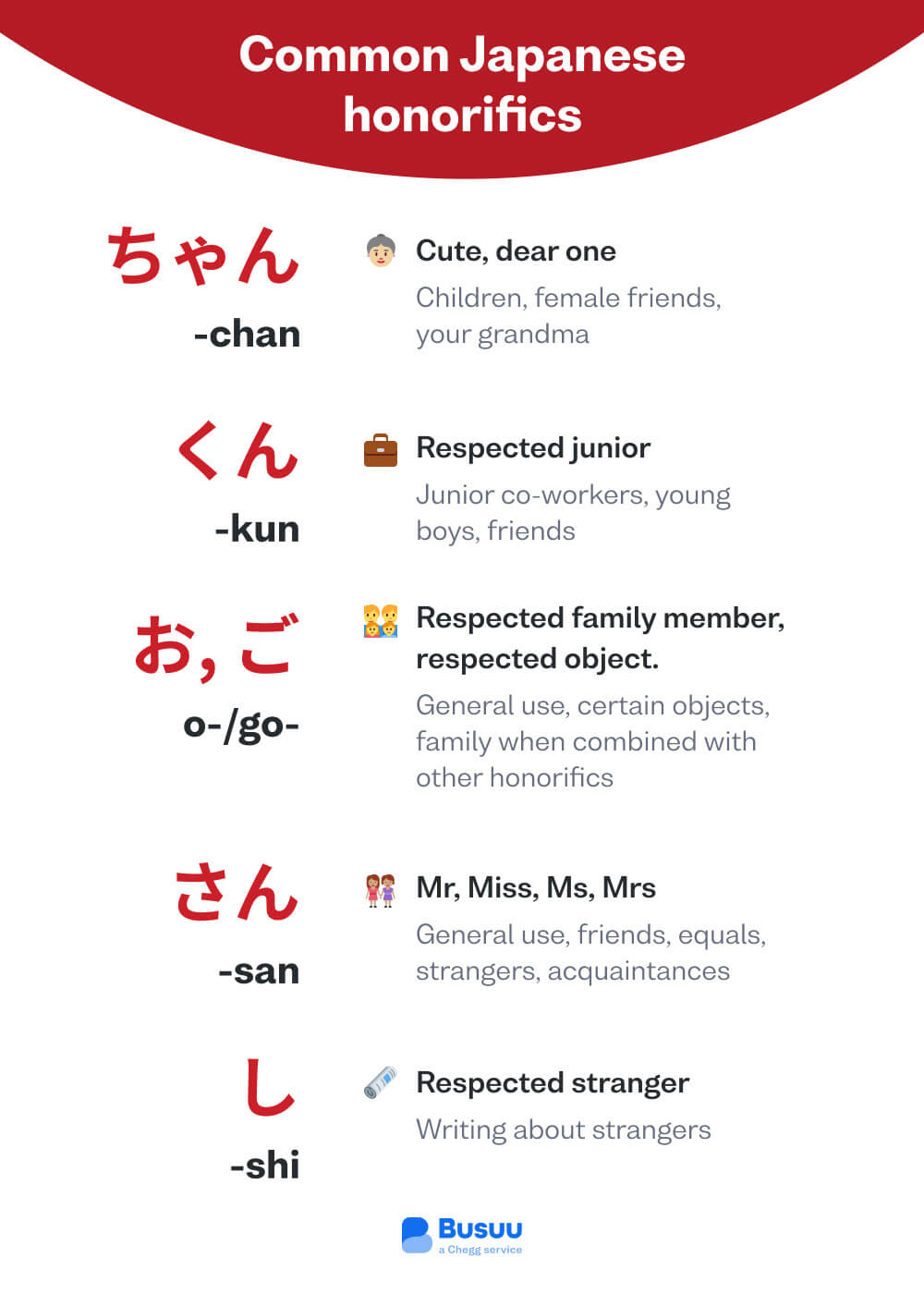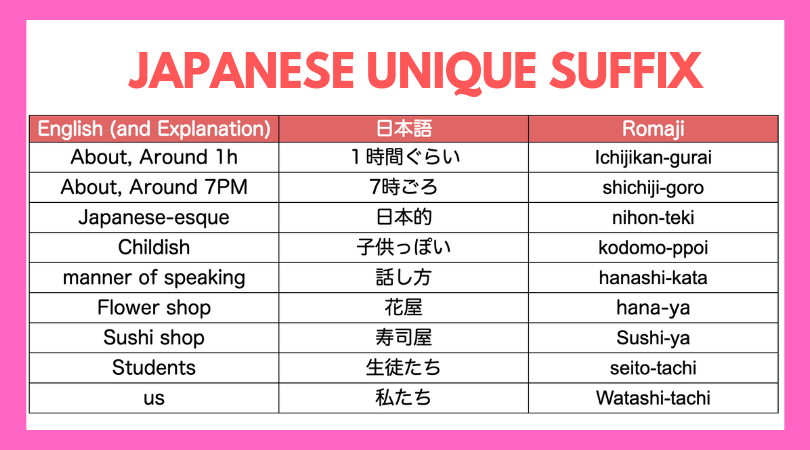What Does Koko Mean In Japanese

The seemingly simple word “koko” holds a surprising depth of meaning in Japanese, varying significantly depending on its context, pronunciation, and the kanji used to represent it. Understanding these nuances is crucial for anyone learning the language or interacting with Japanese culture.
At its core, the importance of "koko" lies in its multifaceted nature, acting as a demonstrative pronoun, an adverb, and even part of more complex words. This article will explore the different meanings and usages of "koko," providing a comprehensive understanding of its role in the Japanese language and the potential implications for communication.
Different Meanings of Koko
One of the most common meanings of "koko" (ここ) is as a demonstrative pronoun, meaning "here" or "this place." It refers to a location relatively close to the speaker.
For example, "Koko wa toshokan desu" (ここは図書館です) translates to "This is a library" or "Here is a library." The kanji is rarely used for this meaning of "koko," and it is almost always written in hiragana.
Beyond the straightforward "here," "koko" can also function as an adverb, indicating a specific point in time or a stage in a process. This usage emphasizes a particular moment or aspect of something.
Variations and Compound Words
The flexibility of "koko" extends further when combined with other words to form compound terms. These combinations create new meanings and add further depth to the vocabulary.
For instance, "koko kara" (ここから) means "from here," indicating a starting point. Similarly, "koko ni" (ここに) translates to "in here" or "at this place," specifying a location within the speaker's proximity.
However, it's vital to acknowledge that "koko" can also be represented by different kanji characters, each carrying its own distinct meaning. This highlights the importance of context in Japanese language comprehension.
A completely different kanji, 心, pronounced as "kokoro," translates to "heart," "mind," or "spirit." While homophonous, its meaning is entirely unrelated to the demonstrative pronoun "koko."
Another example is 個々, also read as "koko," which means "individual" or "separate." This usage often appears in more formal or written contexts.
The Significance of Context
The diverse meanings of "koko" underscore the crucial role of context in understanding Japanese. Without proper context, the intended meaning can be easily misinterpreted.
For example, hearing the word "koko" alone might not be sufficient to determine whether someone is referring to a location, a state of mind, or individuality. The surrounding words, grammatical structure, and the overall situation are necessary for accurate interpretation.
Misinterpretations of "koko" could lead to confusion or even misunderstandings in conversations. For instance, imagine someone asking "koko ni arimasu ka?" (ここにありますか?), meaning "Is it here?" If the listener misinterprets "koko" as "heart," they might be confused about the question's relevance.
Impact on Language Learners
For students of Japanese, mastering the various meanings of "koko" is a fundamental step. It requires careful attention to pronunciation, kanji, and the surrounding context.
Textbooks and language courses typically introduce the basic meaning of "koko" as "here" early in the curriculum. However, it is equally important to explore the other nuances and variations as learners progress.
Immersion in the language, whether through conversations, reading, or media consumption, can significantly enhance understanding of "koko" in different contexts. Paying attention to how native speakers use the word in various situations is invaluable.
Furthermore, practicing the use of "koko" in different sentences and scenarios is crucial for building fluency and confidence. Active engagement with the language facilitates a deeper grasp of its complexities.
Conclusion
The Japanese word "koko", while seemingly simple, represents a fascinating example of the richness and complexity of the language. From its basic meaning of "here" to its diverse uses as an adverb and part of compound words, "koko" plays a significant role in communication.
By paying careful attention to context, pronunciation, and kanji, language learners can unlock the full potential of this versatile word and navigate the intricacies of the Japanese language with greater confidence. Understanding "koko" is not just about memorizing a definition; it is about appreciating the nuances and subtleties that make Japanese such a captivating and challenging language to learn.
Ultimately, the many meanings of "koko" highlight the importance of diligent study and cultural awareness when engaging with Japanese. Only through a comprehensive approach can one truly appreciate the depth and beauty of this expressive language.

![What Does Koko Mean In Japanese Entry Details for ここ [koko] - Tanoshii Japanese](https://www.tanoshiijapanese.com/dictionary/entry_preview/1/27559/185887.png)
















